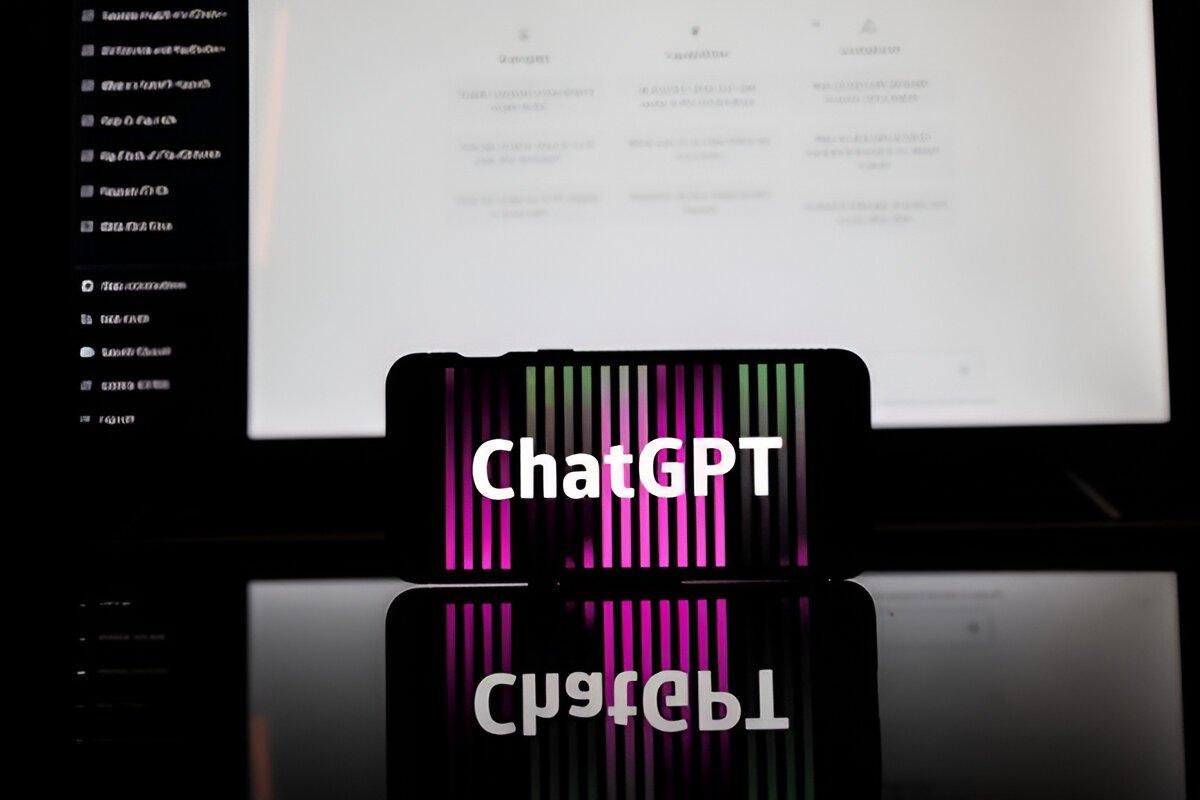ChatGPT Explained: What It Can & Can’t Do (2025 Guide)

In the rapidly evolving landscape of artificial intelligence, ChatGPT has emerged as one of the most talked-about innovations in recent years. Whether you’re a student, business owner, developer, or just a curious user, chances are you’ve come across ChatGPT — maybe even used it. But what exactly is ChatGPT, and what are its real-world capabilities and limitations?
In this blog, we’ll explore what ChatGPT is, how it works, what it can do well, what it struggles with, and how to get the most out of it.
What is ChatGPT?
ChatGPT is an AI-powered chatbot developed by OpenAI, based on the GPT (Generative Pre-trained Transformer) architecture. It is designed to understand natural language and generate human-like responses in real-time. The current version available to most users is based on GPT-4.5 and GPT-4o, which represent the latest advancements in OpenAI’s large language models (LLMs).
ChatGPT can understand prompts, answer questions, generate content, code, analyze text, and much more, making it a versatile tool across various domains.
How Does ChatGPT Work?
ChatGPT works using deep learning specifically, a transformer neural network trained on vast datasets from books, articles, websites, and conversations. It's not programmed with specific knowledge; instead, it learns patterns in data and uses probabilities to predict the next word in a sentence.
It doesn’t “think” or “know” in the way humans do — rather, it generates answers based on the patterns it has learned.
What ChatGPT Can Do
1. Answering Questions
ChatGPT can respond to a wide range of questions, from general knowledge to technical queries. It works like a supercharged search engine but delivers answers in human-like language.
Examples:
“What is quantum computing?”
“Explain inflation in simple terms.”
2. Content Writing & Blogging
Writers useChatGPT to generate ideas, write full blog posts, create outlines, edit drafts, and even come up with catchy headlines or taglines.
Use cases:
SEO blog writing
Social media captions
Email campaigns
3. Coding Help
Developers can use ChatGPT to write code, debug issues, understand complex functions, or even learn new programming languages.
Example:
“Write a Python function to reverse a string.”
“Explain this JavaScript error.”
4. Language Translation & Grammar
Need to translate something quickly? ChatGPT can translate dozens of languages or help polish your writing for grammar, tone, and clarity.
5. Education & Tutoring
From math explanations to history summaries, students use ChatGPT as a tutor. It can break down complex topics into simple explanations.
6. Summarizing and Analyzing Text
ChatGPT is excellent at summarizing long texts, analyzing tone or sentiment, and extracting key information.
Example:
“Summarize this 1000-word article.”
“What’s the tone of this email?”
7. Creative Tasks
You can use ChatGPT to write:
Poems
Short stories
Dialogues
Song lyrics
Script ideas
8. Productivity Assistance
It can help you organize your day, create to-do lists, draft professional emails, or plan your weekly goals.
9. Business Use
Small businesses use ChatGPT for:
Writing business proposals
Market research summaries
Customer support responses
Drafting policy documents
10. Brainstorming & Idea Generation
Whether you need product name ideas, YouTube video topics, or startup taglines, ChatGPT is great at creative brainstorming.
What ChatGPT Can’t Do
Despite its many strengths, ChatGPT has clear limitations. Understanding what it can’t do is just as important as knowing what it can.
1. No Real-Time Internet Access (in Free Plan)
Unless connected via plugins or in certain Pro versions, ChatGPT doesn’t fetch real-time data from the internet.
Limitation:
Can’t tell you today’s stock prices or live news.
2. Outdated or Inaccurate Information
It was trained on data up until 2023–2024 (depending on version). While it may “know” a lot, it can’t always give you the latest updates.
3. No Personal Memory (in Default Mode)
ChatGPT doesn’t remember past chats unless memory is turned on. So each conversation is standalone unless you’re using a version with memory enabled.
4. Not Always Factual
ChatGPT can confidently give you wrong answers. It’s known to “hallucinate” — generating text that sounds correct but is completely made up.
Example: It might cite a fake study or suggest a non-existent tool.
5. Can’t Replace Human Judgment
ChatGPT is not a replacement for professionals, especially in areas like law, medicine, or financial advice. It can assist, but its advice must be verified.
6. No Emotions or Consciousness
Despite sounding empathetic or emotional, it doesn’t feel anything. It’s a pattern-based machine, not a conscious being.
7. Sensitive to Input Wording
Slight changes in how you ask something can lead to different answers — sometimes better, sometimes worse.
8. Limited Creativity Compared to Humans
While it can write poems and scripts, it lacks true originality. Most ideas are recycled based on patterns in training data.
How to Use ChatGPT Effectively
To get the most out of ChatGPT, follow these tips:
Be Clear and Specific
Vague questions lead to vague answers. Be clear in your request:
“Write something.”
“Write a 100-word blog intro on the future of AI in education.”
Use Follow-Up Questions
Think of it as a conversation. Ask follow-ups to get better clarity or deeper detail.
Break Large Tasks into Steps
Instead of asking for a 5000-word essay at once, break it down:
Outline → Intro → Main points → Conclusion
Always Double-Check Important Info
If you're using it for research or advice, verify facts with a credible source.
Final Thoughts
ChatGPT is a revolutionary tool that blends natural language processing with user interaction in an almost magical way. Whether you want to boost productivity, learn something new, write content, or code faster, it’s a powerful digital assistant.
But it’s not perfect. It's a machine with limitations, and relying too heavily on it without verification can lead to problems.
Think of ChatGPT as a co-pilot, not the pilot. It can make your tasks easier and smarter — but the final decisions should always come from you.
